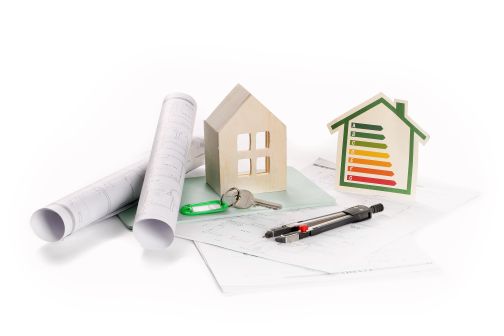How can reasonable distribution of cost support the decarbonisation of heat?

A clear strategy to meet the UK’s net-zero 2050 target and supporting legal framework could attract the investment in low carbon technology that the industry needs. To build on the momentum and support our joint efforts, legislation that addresses electricity cost could support a wider specification of electrified solutions for both new developments and retrofit.
What are the challenges for the decarbonisation of heat in new developments and existing homes?
Once the updated Part L and Part F are published, the industry would benefit from adjusting to the regulatory changes and taking on the challenge of net-zero targets. It is expected that the legislation will provide the support for a wider specification of low carbon and electrical solutions in new developments. Extending legislative efforts could help to ensure that energy bill increases do not hamper the progress of electrification in new properties. In turn, this would likely propagate to existing building stock, where finding a solution to the decarbonisation of heat might otherwise be more complex.
The review of the Green Deal by the National Audit Office shows the scope of the challenge to decarbonise existing housing stock. Retrofit costs to the taxpayer per home was calculated at around £17,000. To evaluate the investment needed to achieve zero carbon for their estate by 2050, Raven Housing Trust estimated a retrofit cost of £20,000 per home would be required. This is a conservative estimate given that their housing stock is more energy efficient than the sector average. Retrofit costs can vary significantly for different dwelling types.
How do energy levies influence wider uptake of low carbon technology?
The Cost of Energy Review, submitted by professor Dieter Helm CBE in 2017, showed that fair levies placed on electricity can create a barrier to the uptake of low carbon solutions. The recommendation, four years ago, was to address the levy imbalance.
It is now clear that encouraging the short-term use of gas as a heating fuel is contradictory to our long-term net-zero aim. This raises the question at what point should natural gas be eliminated from the new build and retrofit equation? The key element of the answer is that electricity costs need to come down to encourage the switch to electrical solutions. As the government is finding ways to make electrification more attractive for instance, by offering remuneration to offset higher electricity bills, the industry stands to benefit in the long run.

Can flexible energy storage help reduce consumer energy cost?
Our energy system is complex and as we rely on more renewable energy generation, both nationally and locally, the stability of our electrical grid is paramount. Emerging technologies, including hydrogen, will have a role to play regionally. Flexible energy storage is already available for specification and can help manage demand and supply. Demand side response (DSR) is an important part of our net-zero future. Flexible energy storage can improve energy cost balance with the major benefit of increasing the flexibility of the grid.
Examples of specific technologies, such as the Quantum High Heat Retention Storage Heater can store energy when grid demand is low for use in peak time. As a result of the wider specification of flexible energy storage, renewable production could be prioritised over fossil fuels thus creating more grid flexibility. This would encourage participation from local “prosumers”. Technology such as electric vehicles (EVs), photovoltaics (PVs) and thermal storage, could help contribute to reducing energy costs, combating fuel poverty, balancing grid carbon, and addressing network concerns by reducing peak loads.
Carbon offsets are a reality in the current climate. The proceeds from the existing schemes could be used for retrofitting and could reduce carbon in existing housing stock, as the proposed new London Plan envisages. This strategy could be reviewed for application elsewhere in the UK. The lowest carbon option could result in market self-correction and greater emphasis on net-zero technologies and innovation leading to more investment in the industry.
What is the role of ambient networks and hybrid technology in our low carbon future?
Innovative technology such as the Zeroth Energy System or the Edel Hot Water Heat Pump can deliver low carbon heating, hot water and cooling for large scale residential developments or retrofit today. When specified in conjunction with flexible energy storage, these solutions give us the tools to pave our way to zero carbon homes of the future - today.
To discuss how low carbon technology can be integrated within your residential, commercial or retrofit project or to find out more about low carbon energy strategies, contact our team of HVAC specialists.








